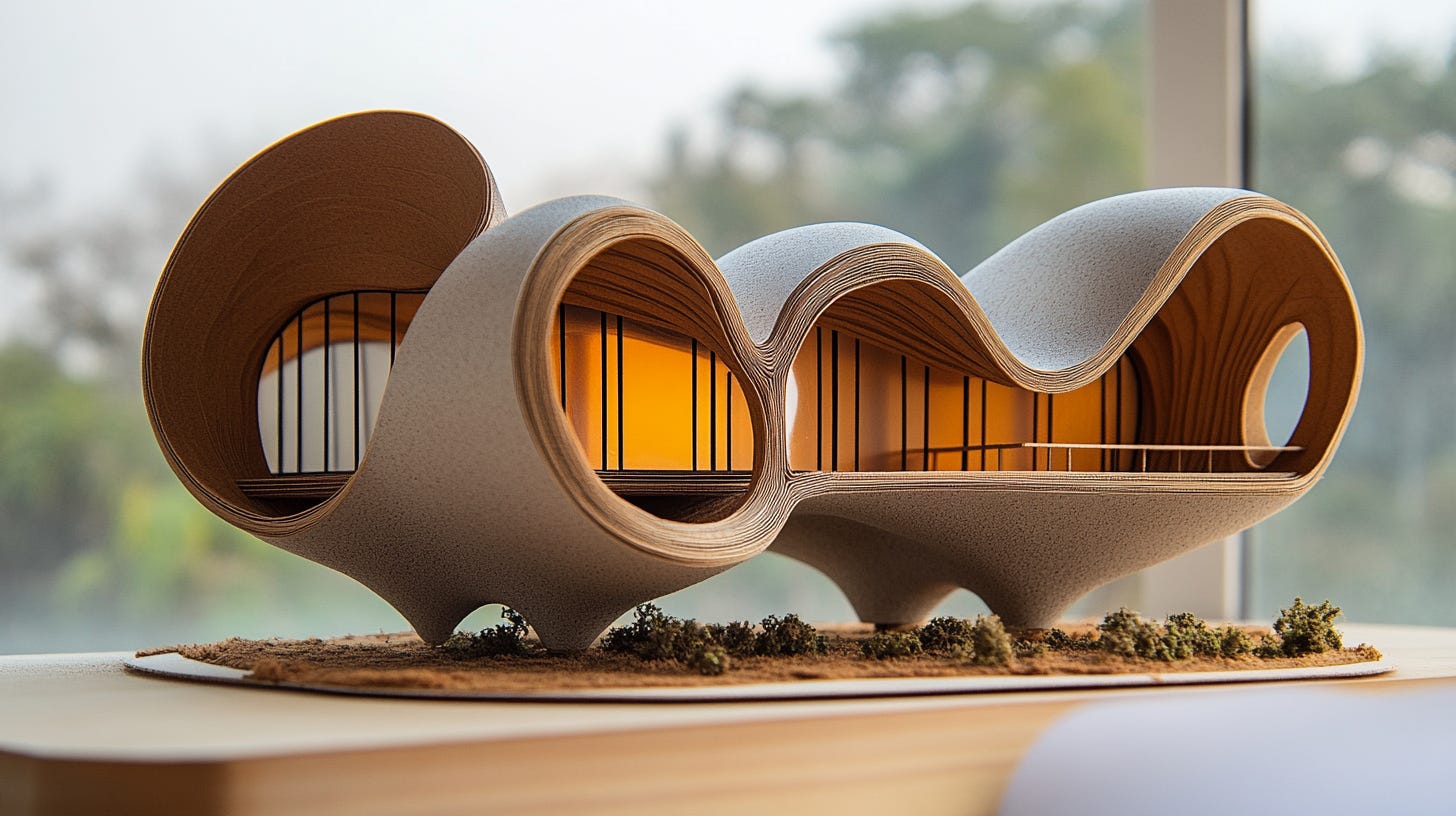AI Pioneers Hinton and Hopfield Win Nobel Prize in Physics: A Breakthrough for Design Innovation
As we navigate this brave new world, their work reminds us that the most profound discoveries often lie at the intersection of disciplines, challenging us to think beyond conventional boundaries.
Geoffrey Hinton and John Hopfield, pioneers in artificial intelligence, have been awarded the Nobel Prize for their groundbreaking work that laid the foundation for modern AI technologies. This recognition not only honours their scientific contributions but also has significant implications for architects and interior designers looking to embrace the future of spatial design.
The Contributions of Hinton and Hopfield
Hinton, known as the 'Godfather of Deep Learning,' revolutionized neural networks and deep learning, while Hopfield, famous for his associative memory models, introduced concepts that helped AI understand and retain complex relationships. Together, they have paved the way for advanced systems that designers use today. Their innovations support generative tools and optimization algorithms that enhance creative processes and integrate environmental factors.
AI in Design Practice
Hopfield's associative memory helps AI maintain context, much like linking a design concept to its cultural background. For example, it can help ensure that design elements like materials, colors, or forms stay consistent with a project's cultural theme throughout the creative process. Hinton's work laid the foundation for today’s image-generating models, like Midjourney and DALL-E, which enable rapid visualization of design ideas. These advancements are especially relevant for those of us imagining the future of architecture.
The Intersection of Technology and Creativity
This award marks an important intersection of technology and creativity that designers cannot ignore, as it provides new tools to push design boundaries, enhance efficiency, and foster innovation in ways previously unimaginable. AI has transformed architectural practice—improving energy efficiency, automating routine tasks, and allowing more focus on creativity and client experience. As AI evolves from assistant to partner, Hinton and Hopfield's contributions show how it can enrich the storytelling process in design.
AI's Impact on Design Studios
AI's ability to understand emotions, suggest spatial layouts, and generate building concepts has a direct impact on our studios. Their work has helped us improve client engagement, streamline creative processes, and experiment rapidly.
Hinton and Hopfield's win highlights how natural and artificial intelligence can merge to achieve something greater together. For architects and interior designers, this is not just a scientific victory, but a reminder that AI can amplify human creativity. We must push our creative boundaries—not by resisting technology, but by understanding and integrating AI thoughtfully into our design processes.
This is Sahil Tanveer from RBDSai Lab, bringing you the latest in AI and architecture. Interested in how AI can shape your design process? Explore our book DELIRIOUS ARCHITECTURE: Midjourney for Architects, available on Amazon. Stay updated by joining our WhatsApp channel, AI in Architecture, for discussions on technology’s impact on the built environment. To collaborate or consult with us, visit www.rbdsailab.com or reach out at sahil@rbdsailab.com. We’re travelling across India for architectural conferences and workshops—reach out if you'd like to host us!





